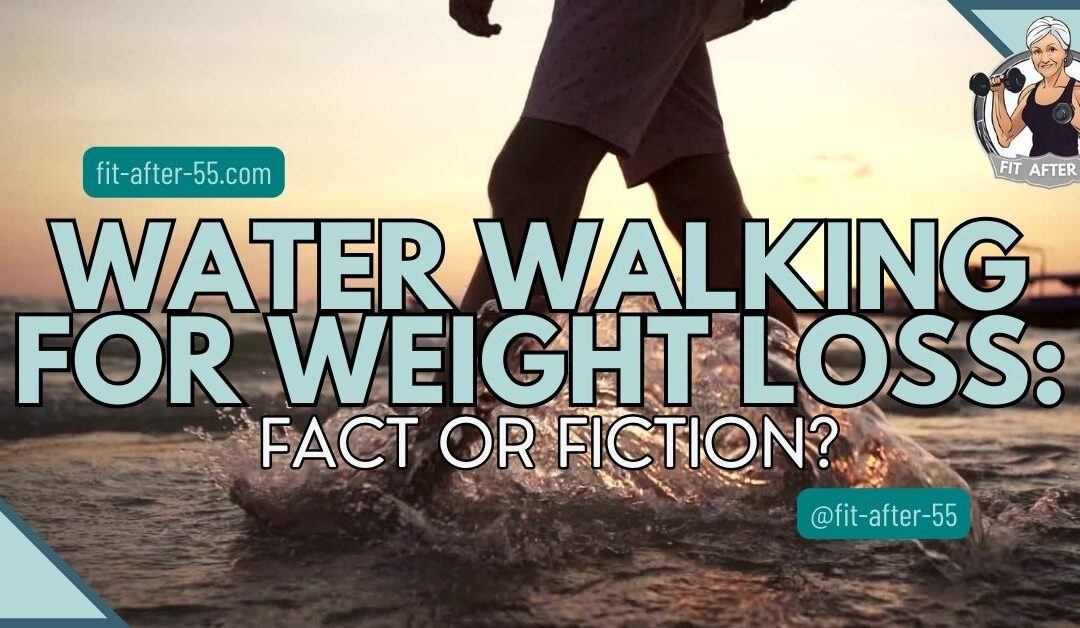You’re probably familiar with regular walking, a simple and effective way to lose weight, but have you ever considered taking your steps into the pool? That’s right, water walking is gaining traction as a fun and low-impact exercise with the potential to rev up your fitness game. This isn’t just about splashing around; it’s about combining the benefits of aqua therapy with the straightforwardness of walking.
So, how exactly does water walking work? Picture this: you’re immersed in water, ideally up to your waist or chest, and you walk. It’s just like walking on land but with the water’s natural resistance upping the ante on your muscles. Plus, water offers buoyancy, which eases the strain on your joints, making it a fantastic option for those with mobility concerns or recovering from injuries.
Water Walking for Weight Loss: Delving into the Science of Aquatic Fitness
The roots of using water for exercise trace back to ancient practices. People have long valued the therapeutic properties of water, and modern exercise routines have adapted the idea, ushering in a variety of water-based workouts, including water aerobics, swimming, and now, water walking.
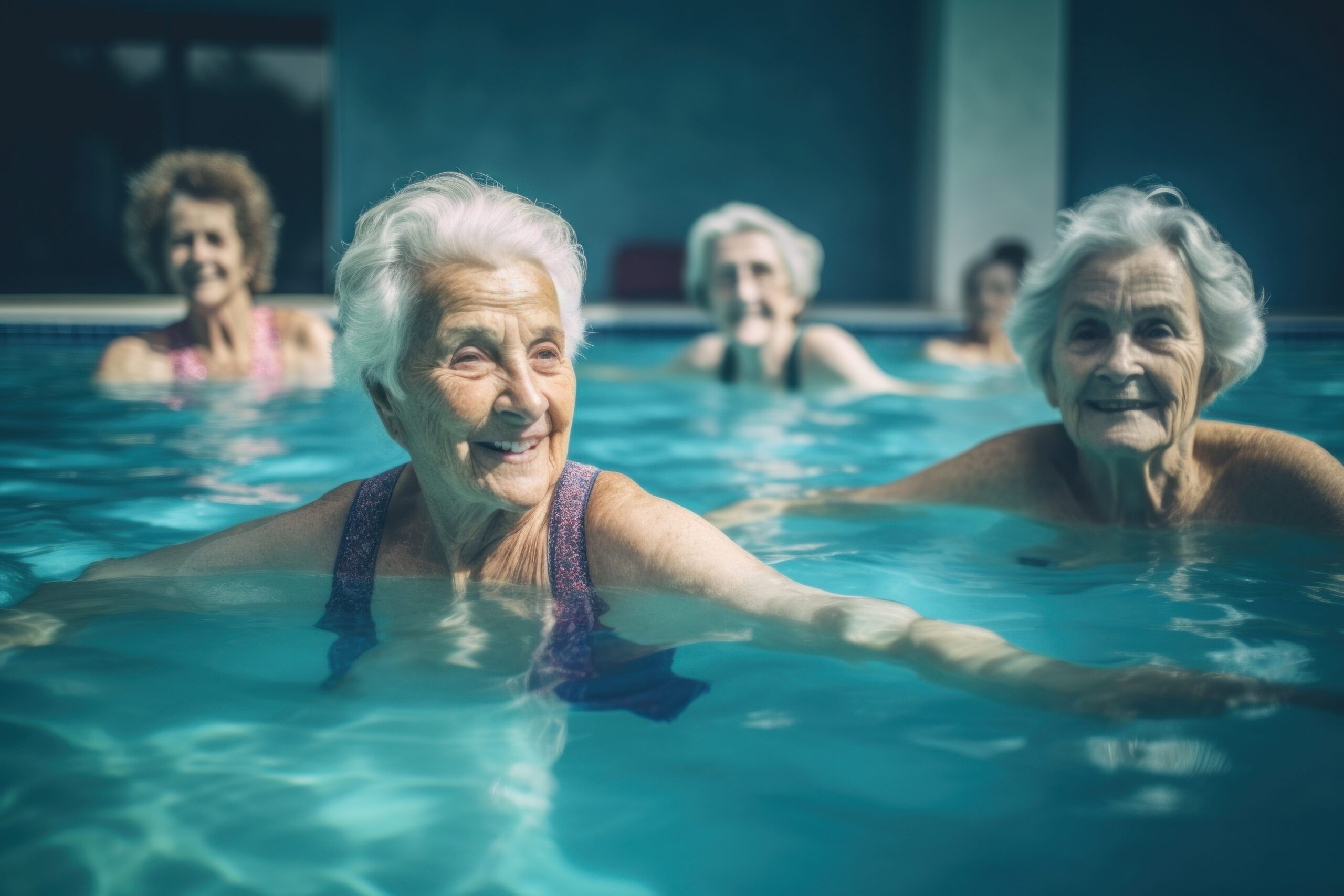
Exploring innovative ways to keep fit is more important now than ever, especially considering the sedentary lifestyle shifts in recent times. Whether you’re looking to spice up your fitness routine or seeking a starting point that’s gentle on the body, water walking might just be your next wave to catch. If the prospect of calorie-burning and muscle-toning by merely striding through water sounds intriguing, then you’re going to want to know how it stacks up against dry land walking. Let’s get our feet wet and wade into the science behind this aquatic activity.
Here You’ll Find:
-
Historical and Modern Context: Water-based exercises have ancient roots and continue to evolve, with water walking being a gentle yet effective addition to fitness routines.
-
Scientific Insights: Water walking offers unique benefits due to water’s density, providing increased resistance for muscle engagement and calorie burning compared to traditional walking.
-
Practical Implementation: Starting with basic techniques and gradually incorporating advanced variations, coupled with consistency, can lead to significant improvements in fitness and weight loss goals.
Diving Into the Science: How Water Walking Aids Weight Loss
I’m going to break down the science behind how water walking can play a role in your weight loss goals. Imagine stepping into a pool and instead of swimming, you start walking. It might seem leisurely but there’s a lot going on beneath the surface – literally. The biomechanics are different because you’re pushing against the water, which is denser than air. That resistance is going to increase your workout intensity and help you burn more calories compared to strolling on land.

Comparative Analysis: Water Walking Benefits
| Aspect | Water Walking |
|---|---|
| Cardiovascular Health | Boosts cardiovascular health while also strengthening muscles |
| Muscle Engagement | Involves constant resistance targeting legs, core, and arms |
| Joint Impact | Provides low-stress exercise suitable for all fitness levels |
| Calorie Expenditure | Can double or triple calorie burn compared to traditional walking |
| Expert Endorsement | Supported by health experts and sports scientists for its effectiveness and joint-friendly nature |
| Accessibility | Ideal for individuals with joint concerns or seeking low-impact options |
| Variability | Offers variation in intensity and resistance levels with water depth and speed |
| Mental Health Benefits | Provides soothing and therapeutic effects from immersion in water |
| Recovery and Rehabilitation | Facilitates rehabilitation from injury or surgery with low-impact exercise |
| Overall Effectiveness | Effective for overall fitness and well-being with added resistance and joint support |
Now, this isn’t to say that you’ll drop pounds overnight. Like any credible weight loss strategy, consistency and diet play crucial roles. Still, the efficiency of water walking, in terms of energy expenditure, makes it a compelling piece of your weight loss puzzle.
Advanced Techniques and Variations in Water Walking
Once you’ve mastered the basics of water walking, it’s time to take your aquatic workout to the next level. Introducing advanced techniques and variations can help you maintain interest, challenge different muscle groups, and further enhance your fitness and weight loss goals. From incorporating different movements to adding resistance, these variations can provide a more comprehensive and dynamic workout.
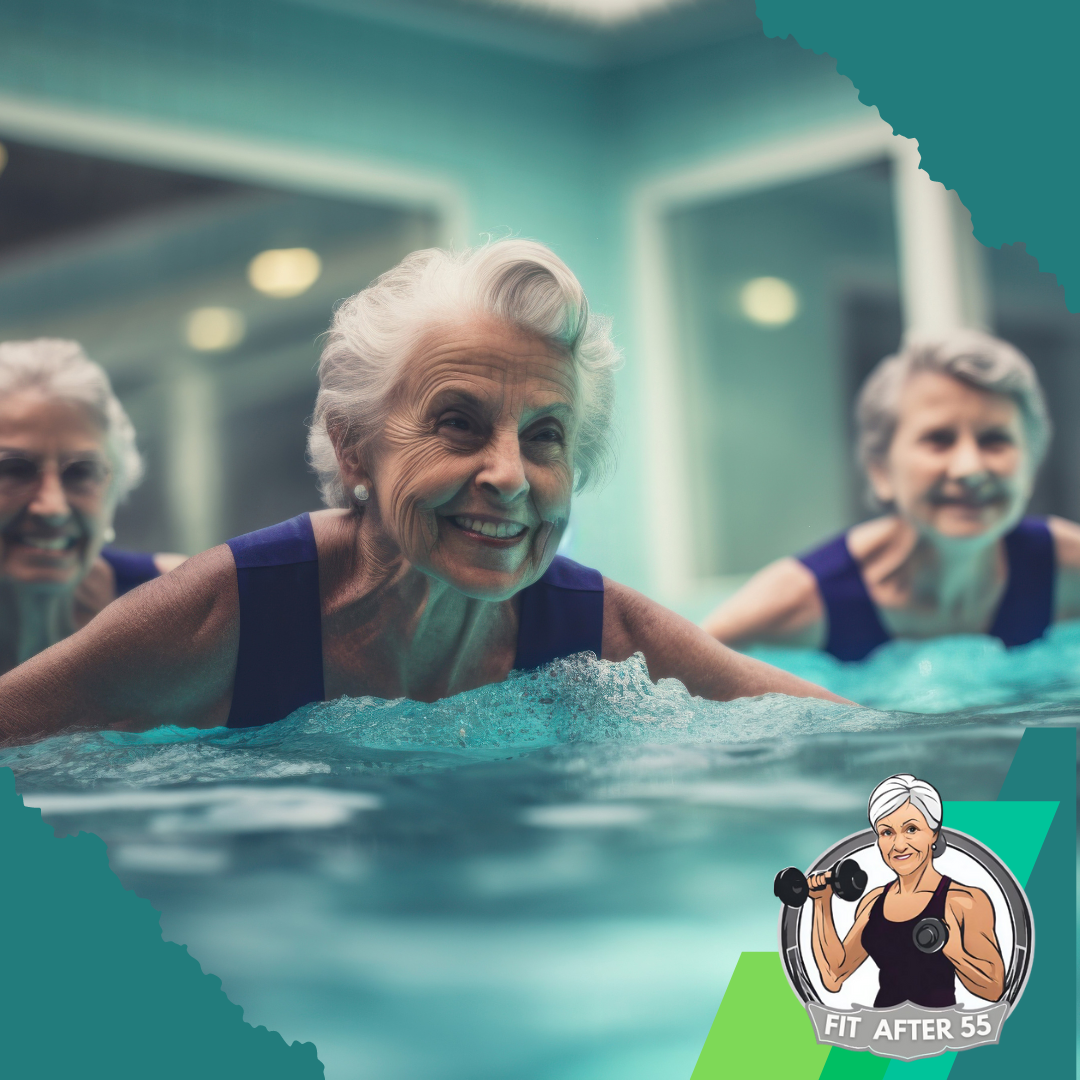
Advanced Water Walking Techniques and Variations
| Technique | Description | Benefits |
|---|---|---|
| High Knees | Lift your knees high towards your chest as you walk. | Increases cardiovascular intensity and engages the core and hip flexors. |
| Side Steps | Step side-to-side instead of forward, maintaining an upright posture. | Targets inner and outer thighs, improves lateral stability. |
| Lunges | Perform walking lunges in the water. | Strengthens quadriceps, hamstrings, and glutes. |
| Hand Weights | Use waterproof hand weights while walking. | Enhances upper body strength and increases overall resistance. |
| Backward Walking | Walk backward in the water. | Challenges different muscles, improves balance and coordination. |
| Interval Training | Alternate between high-intensity water walking and low-intensity recovery. | Boosts cardiovascular fitness and maximizes calorie burn. |
| Aqua Jogging | Jog in the water with a focus on lifting knees and pumping arms. | Provides a higher intensity workout, improves overall endurance. |
Important Tips for Advanced Water Walking:
- Form and Posture: Maintain proper form to maximize benefits and prevent injuries.
- Gradual Progression: Gradually increase the intensity and duration of your advanced techniques.
- Hydration: Stay hydrated even while working out in the water.
- Consistency: Incorporate these variations regularly for the best results.
Incorporating these advanced techniques and variations into your water walking routine can significantly enhance your workout experience. Not only will you continue to burn calories and build muscle, but you’ll also keep your exercise regimen exciting and challenging. Remember, consistency and progression are key to seeing results, so keep pushing your limits and enjoy the refreshing and effective benefits of advanced water walking.
Water Walking Wonders: Real Stories and Evidence
I’m going to share real-life accounts of people who’ve turned to water walking and found it to be a game-changer for weight loss. It might sound too good to be true, but guess what? They are proof that it can work.
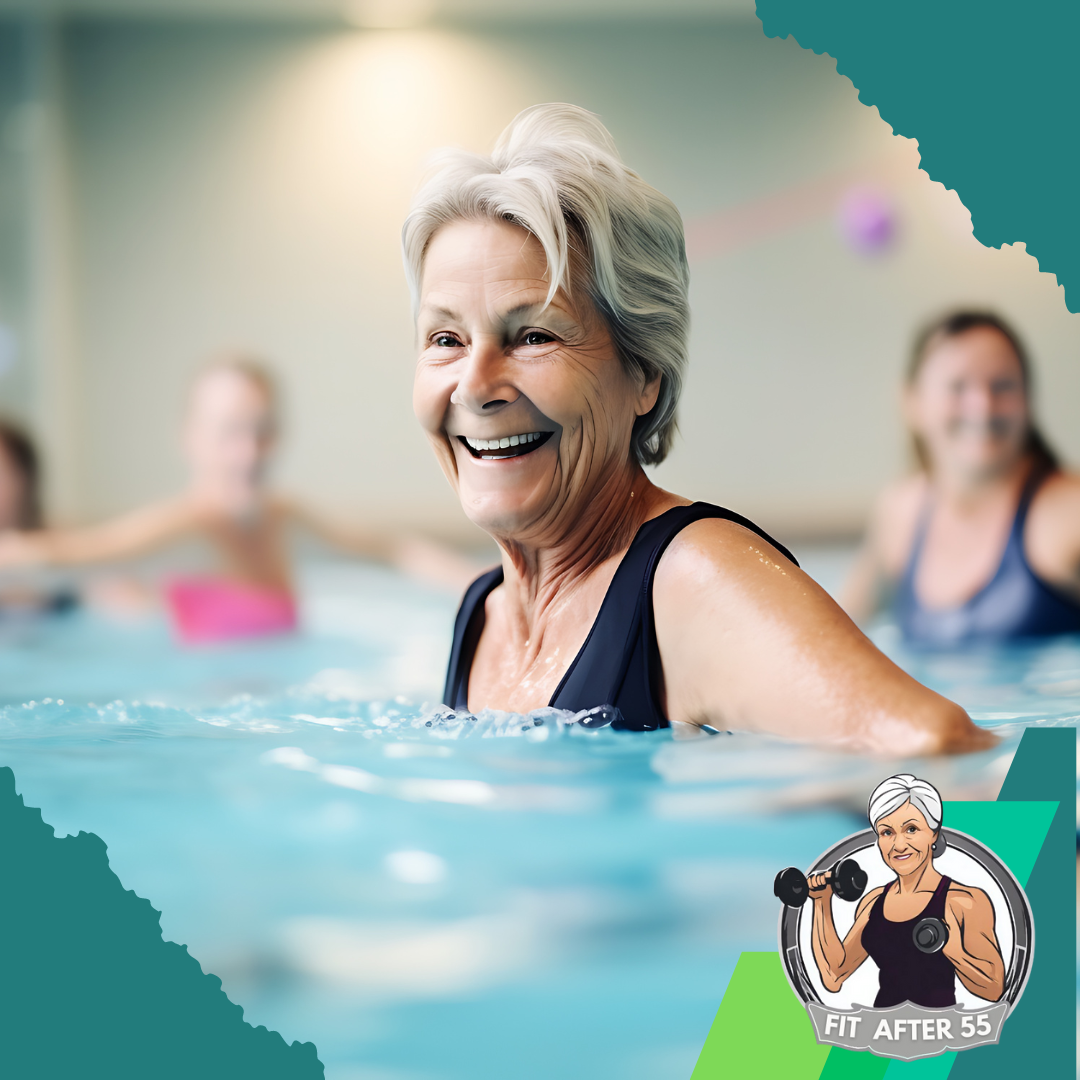
You’re going to find out about the everyday individuals who’ve successfully incorporated water walking into their routines. This isn’t just about one or two success stories. These are people from various backgrounds, each witnessing significant health improvements.
Stepping away from anecdotes, let’s look at the cold hard data. Documented case studies and controlled research paint a positive picture of water walking’s impact on shedding pounds. Regular sessions in the pool have led to measurable weight loss for many participants.
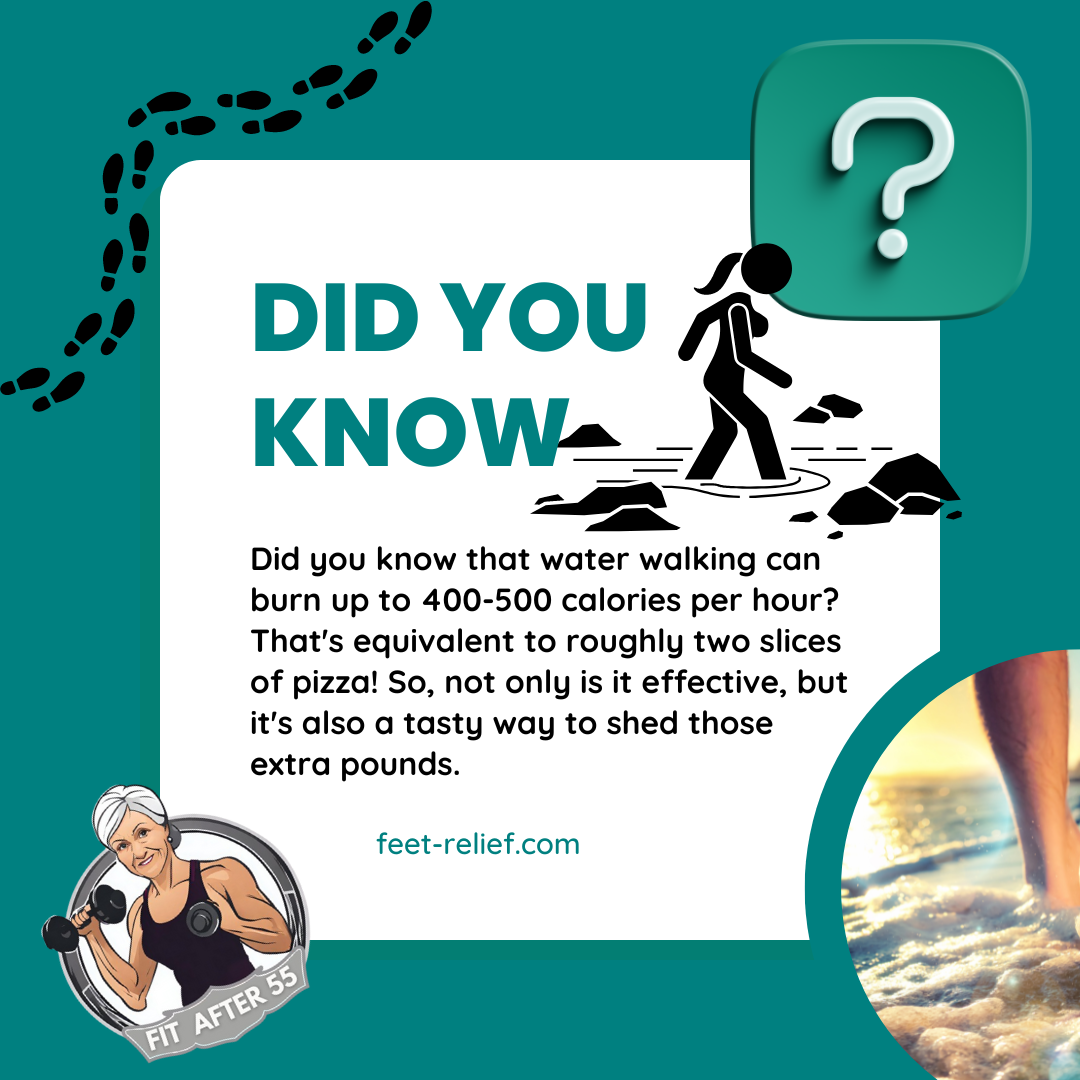
Of course, you might be skeptical, and rightly so. With so much information out there, it’s essential to rely on credible sources. That’s why I’m here to help you sift through the noise by bringing forward evidence-based outcomes from trusted studies.
Your motivation to try water walking might skyrocket after hearing these stories. That’s why in the next section, I’m going to walk you through practical tips to get started. After all, reading about success is one thing; taking the plunge is another.
Making Waves in Your Fitness Journey: Practical Tips to Get Started
If you’re excited to try water walking and see how it can benefit your weight loss journey, I’m here to provide you with a practical guide to get going. First up, you’ll want to find a pool with a shallow area where you can comfortably walk without swimming.
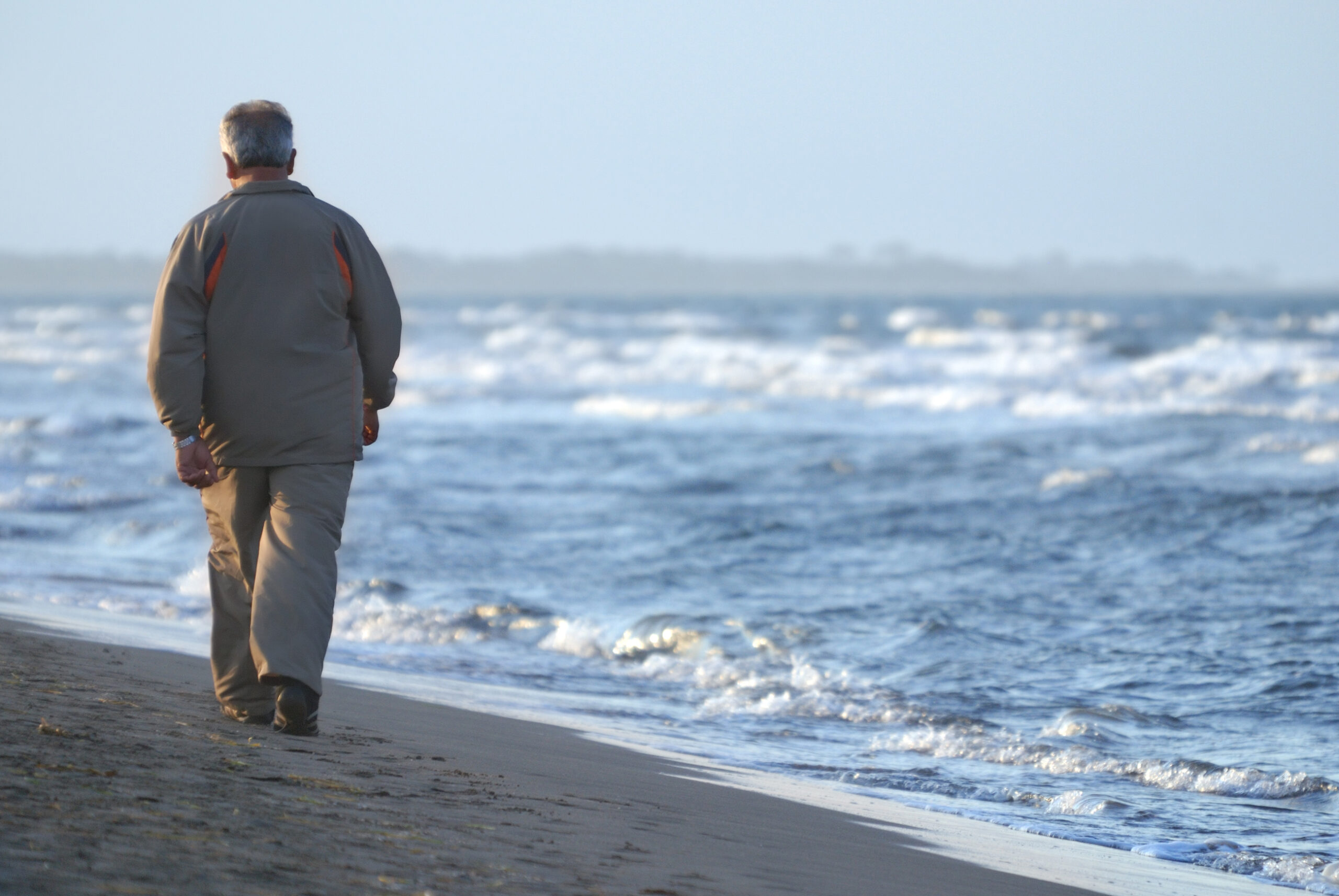
Safety First: Gear Up for Success
Safety is key, so consider wearing water shoes to prevent slipping and invest in a good-quality swimsuit that allows freedom of movement.
Start Slow: Gradual Progress for Beginners
For beginners, start with just 10 to 15 minutes of water walking to get used to the resistance, and gradually increase the duration and intensity as you build stamina.
Track Your Journey: Monitoring Progress
Tracking your progress is super helpful, and it doesn’t need to be complicated. Keep a simple log of your sessions, durations, and how you feel afterward.
Set Achievable Goals: Building Momentum
It’s crucial to set achievable goals—a little progress each week adds up to significant gains in the long run.
Stay Motivated: Seek Support and Community
Don’t do it alone; join a class or find a water walking buddy to keep you motivated. Many recreation centers offer group programs that can introduce you to the basics and provide a supportive community.
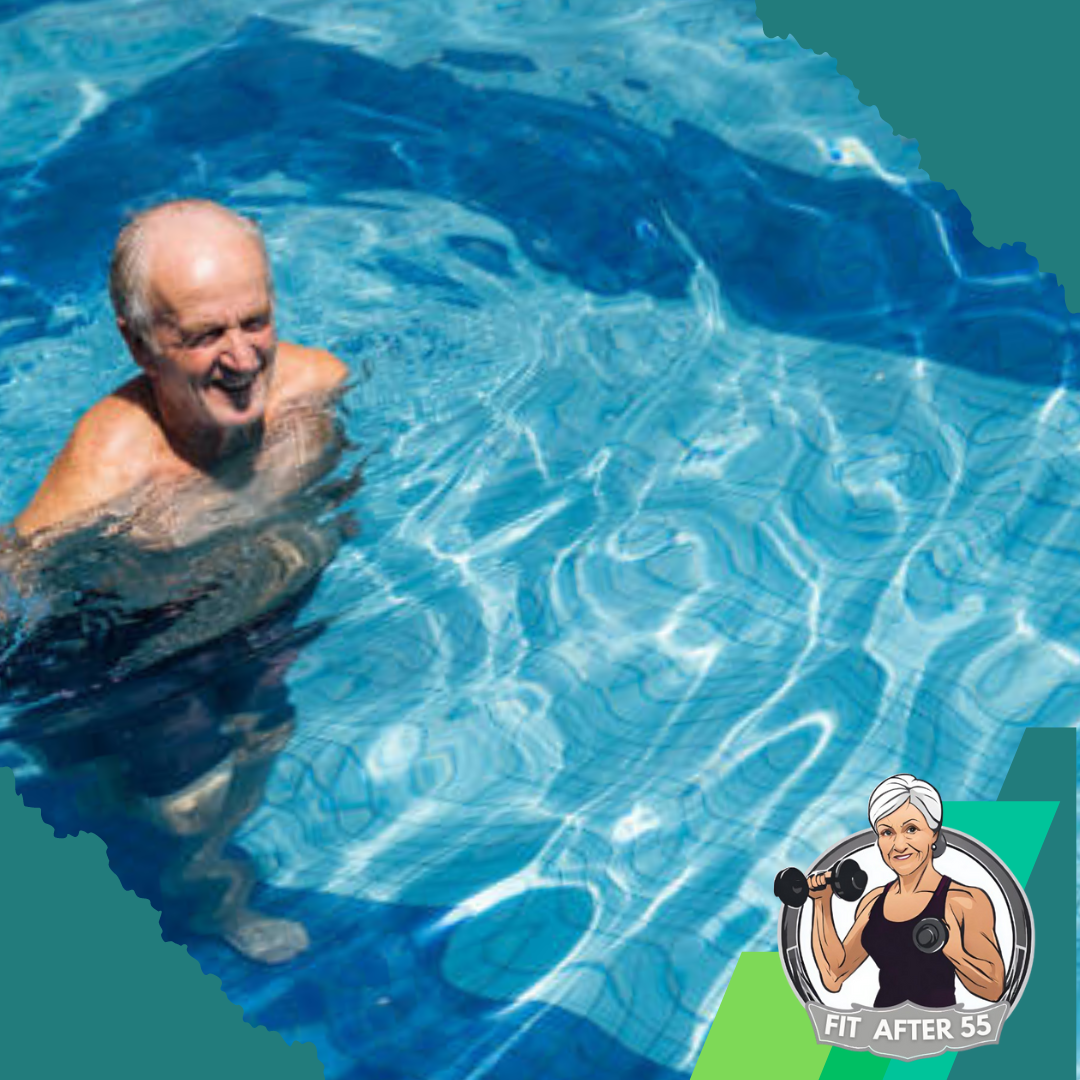
Choose something that resonates with you—maybe it’s the peacefulness of being in the water or the challenge of trying something new. Whatever your reasoning, let it inspire you to take that first step into the pool.
Water Walking for Weight Loss: Dive Into Your Fitness Journey
We’ve explored the refreshing world of water walking, highlighting its benefits for weight loss, muscle engagement, and joint-friendly exercise. From the basic mechanics to advanced techniques, and inspiring success stories backed by scientific evidence, it’s clear that water walking offers a unique and effective way to enhance your fitness routine.

Ready to make a splash in your fitness journey? Find a pool, take the plunge, and experience the incredible benefits of water walking for yourself. Start today and watch your health and well-being transform with each step you take in the water.
Frequently Asked Questions
Do I need to be a strong swimmer to start water walking?
Not at all! Water walking is done in the shallow end of the pool, usually waist or chest-deep. You don’t need any swimming skills, making it accessible for everyone.
How often should I water walk to see weight loss results?
Consistency is key. Aim for at least 3-4 times a week, starting with 15-20 minute sessions and gradually increasing the duration and intensity as you build stamina.
What should I wear for water walking?
Wear a comfortable swimsuit that allows freedom of movement and water shoes to prevent slipping. Some people also use waterproof hand weights to increase resistance and enhance the workout.
Embark on Your Fitness Odyssey with Fit-After-55!
Unveil a treasure trove of engaging content, insightful product reviews, and connect with a tribe dedicated to fitness over fifty-five. Experience the journey on our official website and voyage with us through vibrant discussions on Facebook. Your odyssey to optimal fitness begins here!

